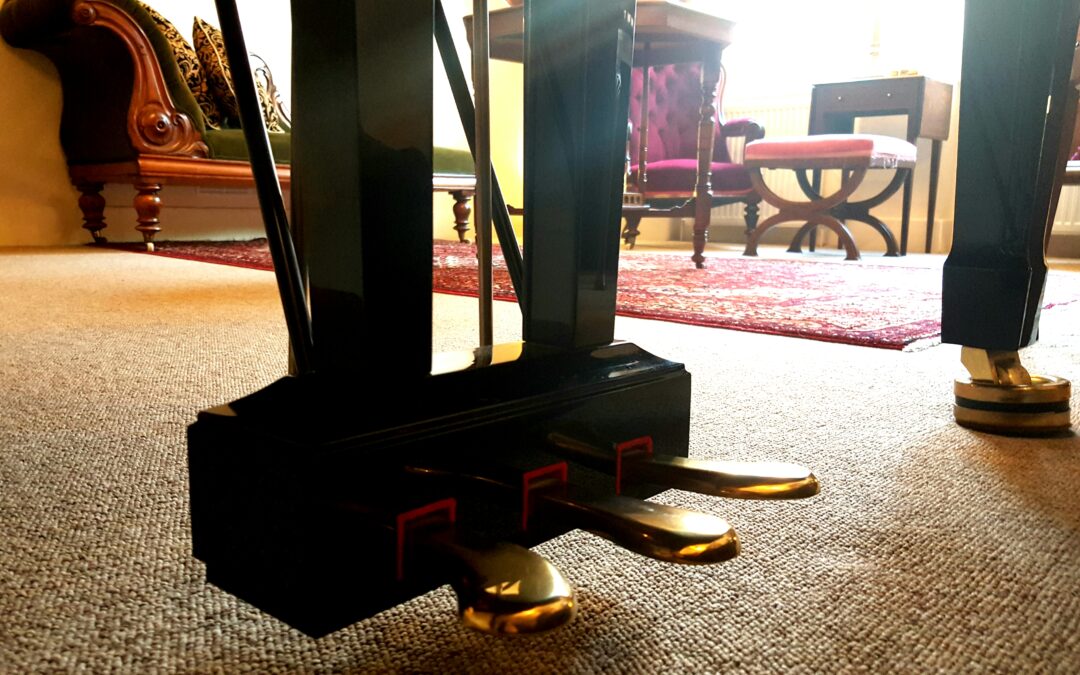Pedal or No Pedal? That is the question when playing piano Baroque pieces…
Baroque piano pieces: Pedal or no pedal?
Most of our my advanced piano students find themselves in this conundrum:
Should I use the pedal for Baroque and Classical pieces or not? Should I be historically correct or not?
There are many views on the subject, and to be honest, there is no absolute truth.
Let’s take a look at the historical context: the pieces of the Baroque and Classical era were “designed” to be played by the Harpsichord in the case of the Baroque period, and the fortepiano, in the case of the Classical era.
When we talk about the Harpsichord, we can’t assume that both instruments, the piano and the Harpsichord, have many similarities. Yes, they are both polyphonic instruments (by this term, it means that the music has many melodies played together). Still, the mechanism and the resulting sound is very distant apart when both instruments are compared.
“The pedals didn’t exist back then”…
The argument we most listen is that the pedals didn’t exist back then, but on the other hand, the opposite argument claims that we have to adapt the pieces of a bygone era to the modern piano.
The main argument comes from the fact that if we argue that we cannot use the sustain pedal as it didn’t exist in Baroque and Classical periods, then we could further say that all the pieces composed in those times should not be played on the piano.
Quite often, we also come across long pedal notes in Bach’s works. They can last impossibly too long for the original instruments. We can be sympathetic to this by sustaining these notes with the middle pedal. In doing so, the clarity of the melodic parts remains unaffected. It is clear that for a note to be so long: the composer has at least some intention to happen.

